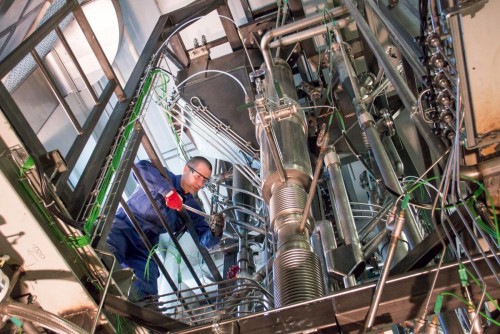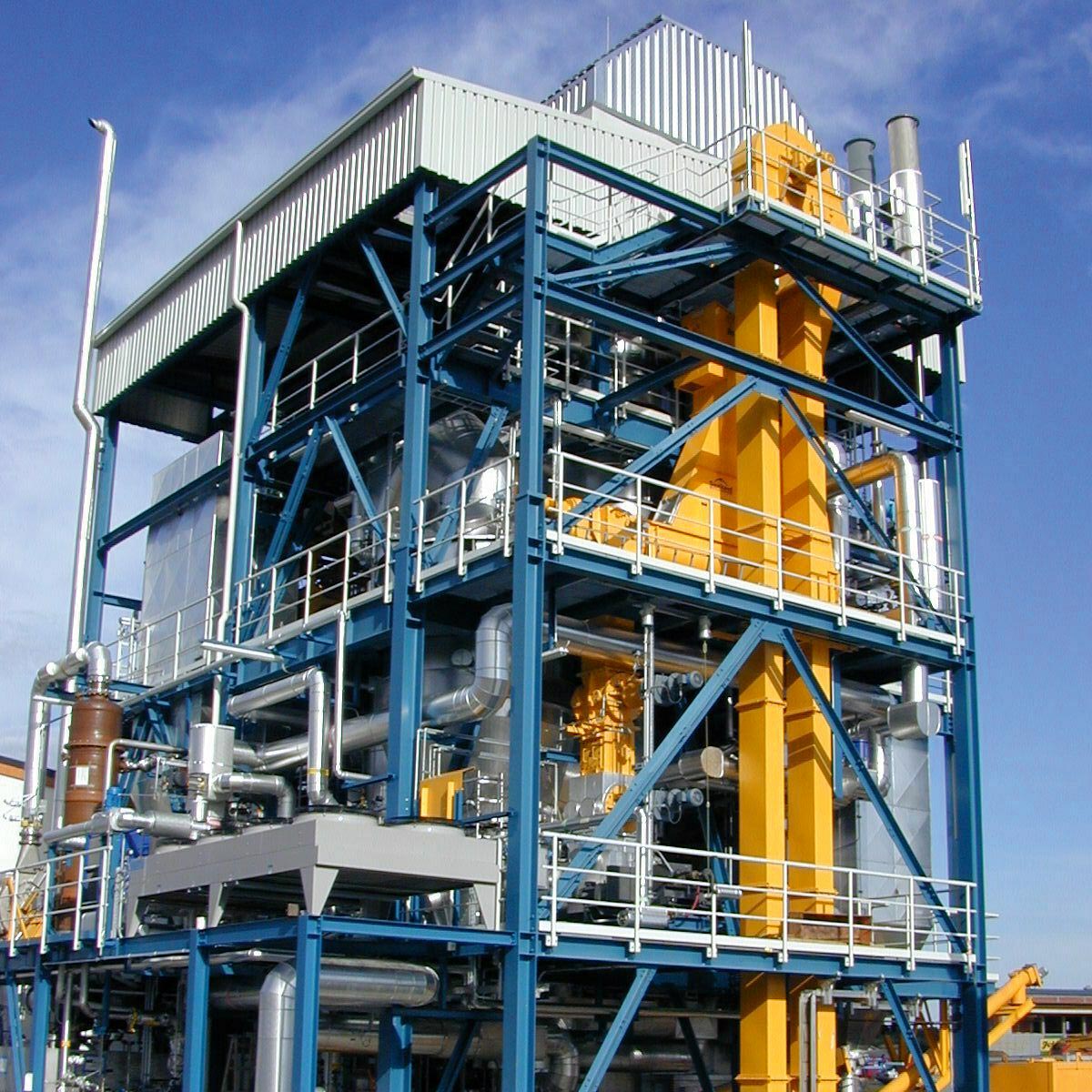An overview of the state of fluidized bed conversion R&D around the world, and of ways of applying it in energy engineering, is provided by the IEA Fluidized Bed Conversion (FBC) Implementing Agreement. Austria (a member since 1999) has already chaired this programme twice (2000-2002 and 2011-2013). Fluidized bed conversion offers a path to utilizing various different fuels at low cost and with no ill effects on the environment, and generating heat and electricity from biomass, residues and waste. In the course of collaboration current insights are exchanged, facilities toured and future trends analysed. In 2011 a total of 27 fluidized bed units were operating in Austria, with individual ratings between 1 and 133 MWth and a total capacity of more than 1,000 MWth; 50 % of these units are in the paper and cellulose industry, with the next largest group used to incinerate residues, biomass and sewage sludge.

ERBA
Obtaining a product gas from biomass reforming with selective carbon sequestration
The fluidized-bed steam gasification process for ligneous biomass developed at Vienna University of Technology (Institute for Chemical Engineering) has set new standards. This technology, currently in full-scale demonstration in two plants in Austria (Güssing and Oberwart, rated at 8 and 10 MWth respectively) among others, opens up new perspectives for making use of biomass apart from straightforward heat. As solid fuel is converted into a high-grade syngas, a variety of interesting options (apart from generating electricity, heat and synthetic biofuels) are available, particularly in industry.
As part of the ERBA research project using biomass in an integrated steelmaking facility at voestalpine AG is being investigated: in particular, the possibility of using a gas produced from ligneous biomass in a “Sorption-Enhanced Reforming Process”. For a product gas to be usable as an alternative reducing agent in a blast furnace, it must have considerable reductive potential; the gas generated from biomass must be rich in hydrogen, carbon monoxide and methane. To achieve this, limestone was used as bed material in the fluidized twin-bed steam gasification process. Using limestone for generating the product gas makes it possible to capture carbon dioxide selectively at the same time.
In the course of the project several ways of improving the process engineering starting-point were developed and tried out in a pilot plant. In the light of the data and insights obtained, this pioneering approach will be developed further as part of ERBA II.
Share

